Jenny Holzer merges with Louise Bourgeois at Basel exhibit
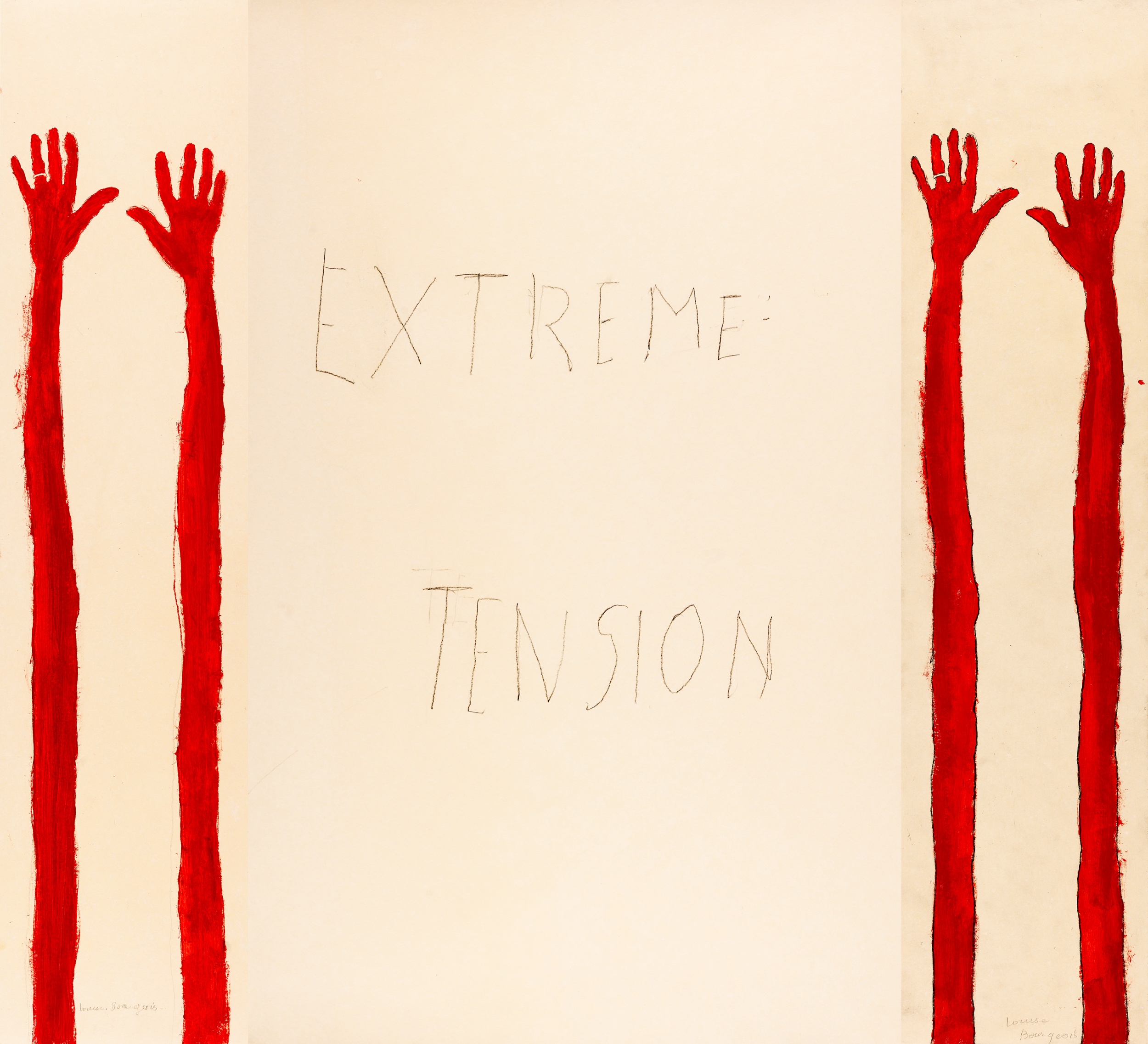
The Louise Bourgeois X Jenny Holzer exhibition at the Kunstmuseum in Basel fuses two major artistic names in a pairing akin to a fashion collaboration. Bourgeois, the French-born artist who died in New York in 2010, is presented through the eyes of a younger artist and fellow New Yorker, Jenny Holzer, best known for her conceptual works and installations.
At first glance there is little to connect Bourgeois’ work to Holzer. Holzer has crafted a dry and clinical style over her career. That style is especially evident in her works projecting texts in public spaces, which juxtapose sober presentation with provocative content.
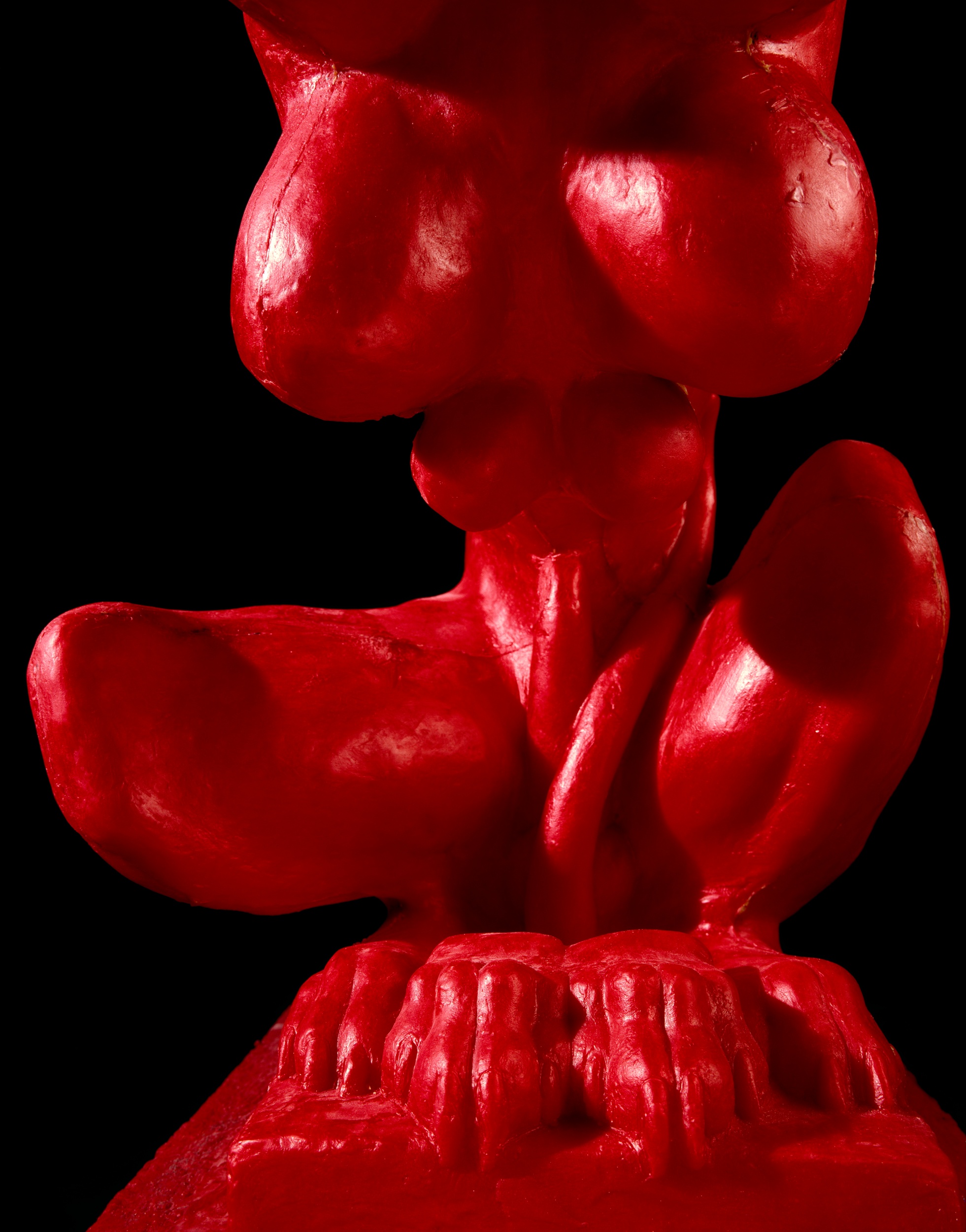
Holzer’s artistic creations are almost always political. She may challenge authority or question consumerism.
For a 2019 projectExternal link shown at New York’s Rockerfeller Center, for example, she chose quotations from victims and survivors of gun violence, which were projected soundlessly on two tall buildings, while leisure skaters zig-zagged the ice rink below.
Presenting the traumatic aftermath of shootings over happy winter crowds conveys how suddenly weapons can tear the fabric of society.
Bourgeois is less subtle in style. She is probably best known for her giant spider sculpture, Maman (Mother) External linkfrom 1999.
This stands nearly nine metres tall, its twisted metal legs ending in fine points, while over the head of any viewer hovers a sack of marble eggs, as if ready to burst.
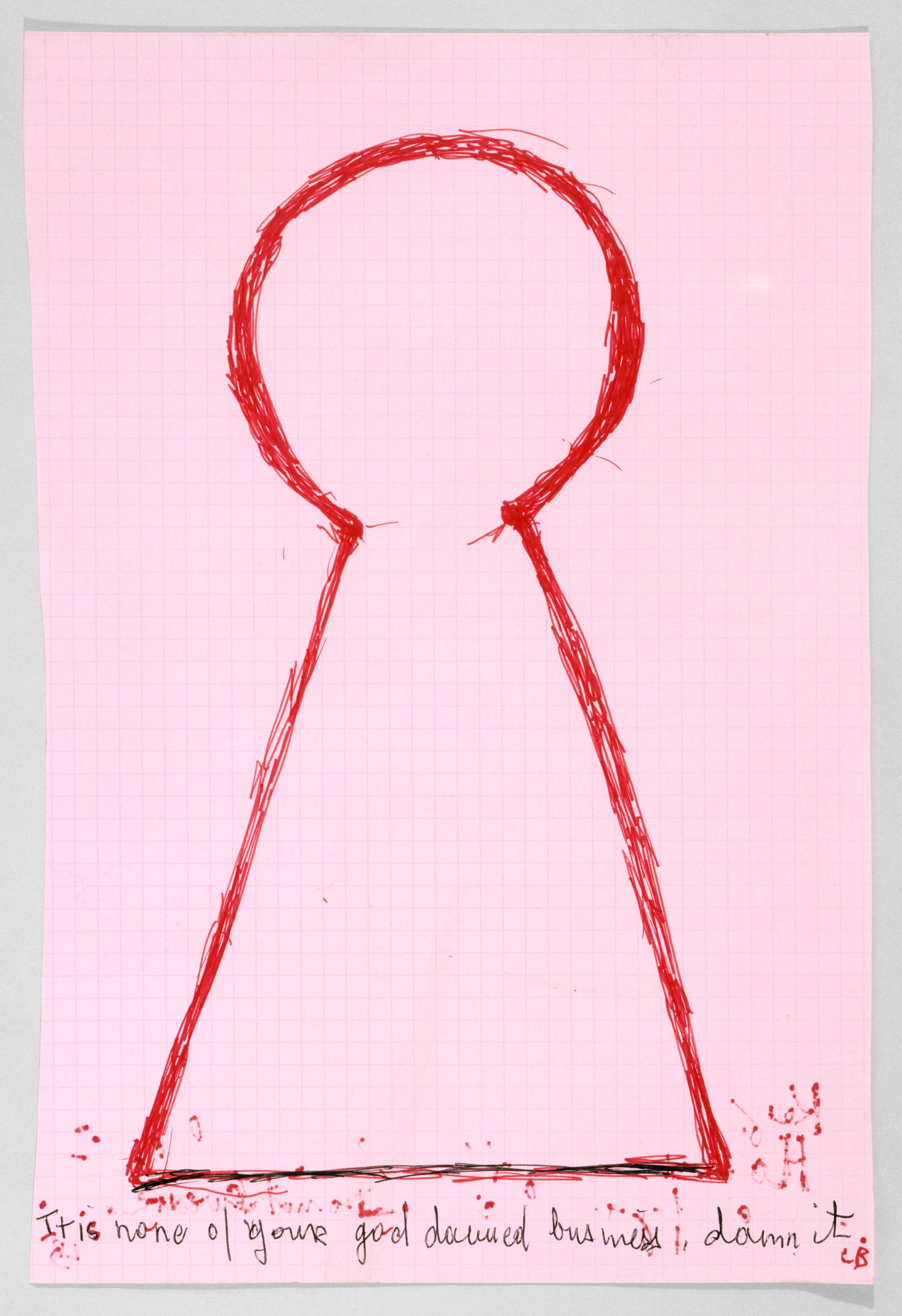
Holzer, co-curating with Kunstmuseum Basel Deputy Director Anita Haldemann, has filled nine galleries with well over 200 works dating from 1941, soon after Bourgeois arrived in her adopted city, New York, to the year of her death.
Two-dimensional works on paper, fabric and other materials fill the walls, from high to low, counterpoised with powerful sculptures and installations.
Drawing, however, was a constant for Bourgeois. From her pen, pencils and paintbrush came intense, personal outpourings, often drenched in raw reds.
Despite their differences in style, the two artists did share common ground. They consistently challenge expectations of women, especially women artists, and both used text as an essential tool of their artistic practice.
Enhanced reality
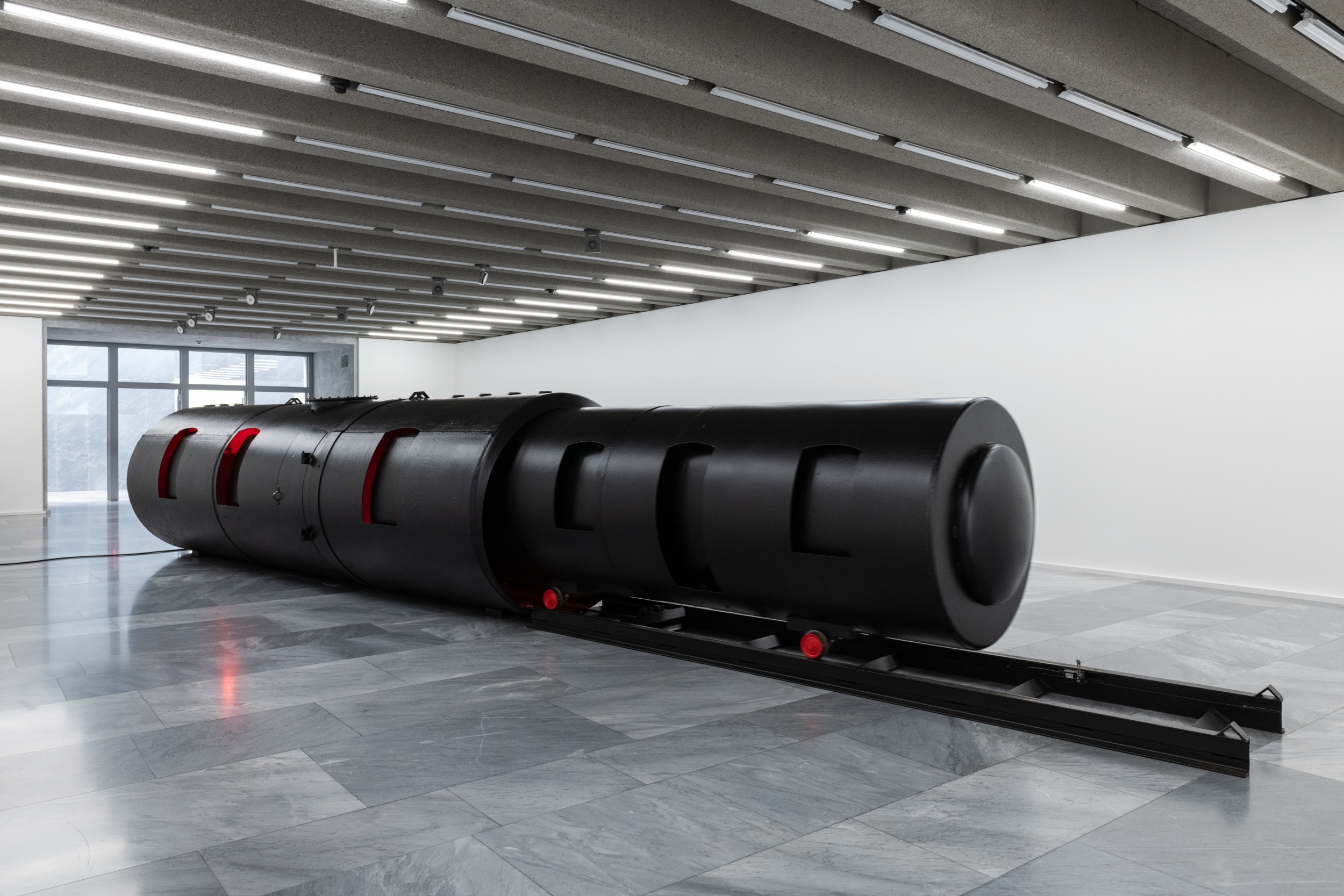
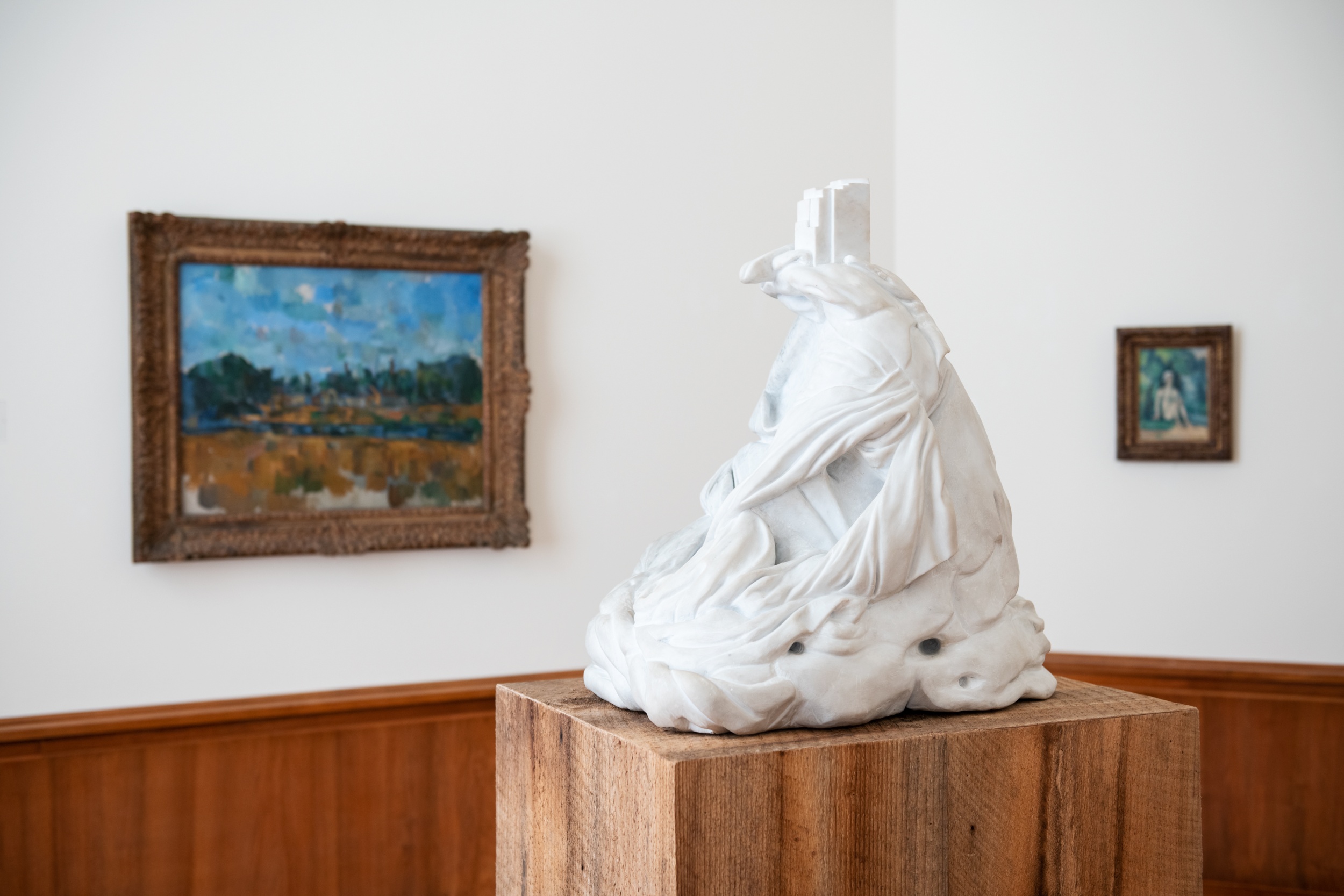
Inside the exhibition, Holzer’s own artistic signature is less in evidence. Her style, however, is palpable in an enhanced reality app that provides an extra layer to the visitors’ perception of the installation Destruction of the Father, 1974. Unexpectedly, the texts within the app were written by Bourgeois.
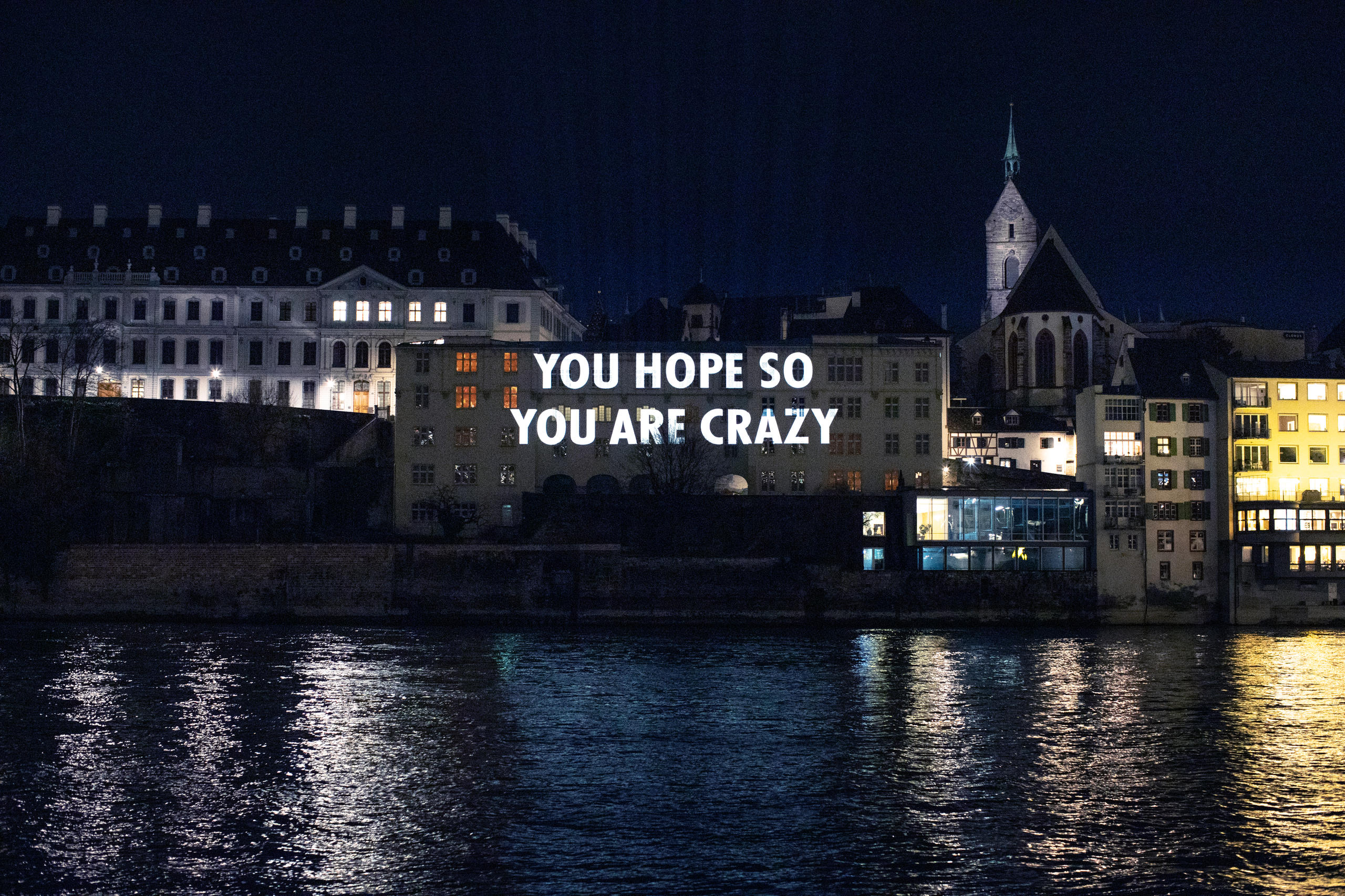
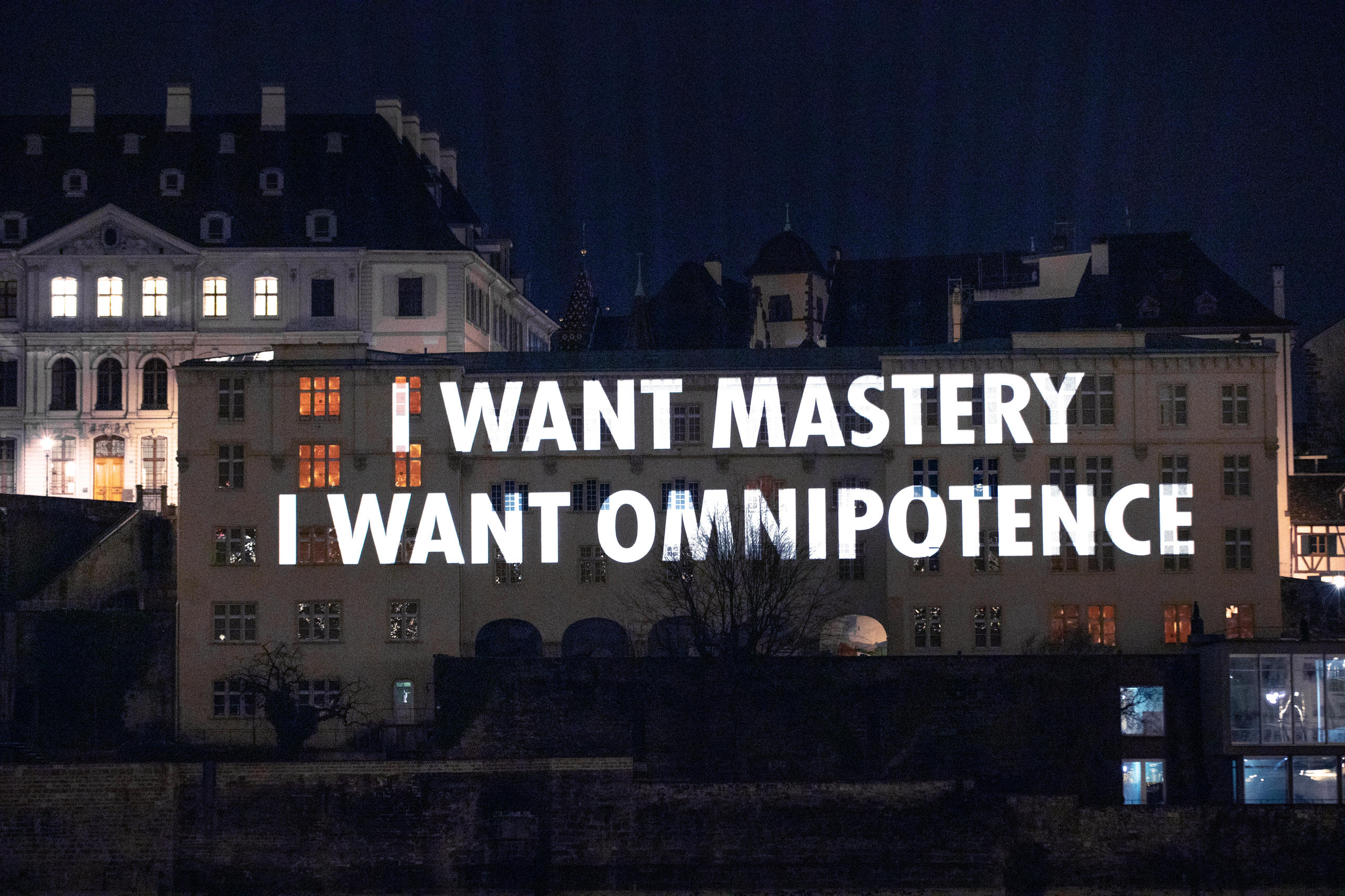
Both Holzer and Bourgeois long ago earned their places in major museums and command high prices on the art market. Holzer and Bourgeois’ estate are represented by the same gallery behemoth: Hauser & Wirth.
The posthumous collaboration between the two female artists fits into a tradition of collaboration between exceptional women in the artistic field. A key turning point for Bourgeois came when critic and curator Lucy Lippard included her work in the Eccentric Abstraction exhibition in 1966. Bourgeois was already an established artist but did not quite fit in with the Abstract Expressionism that dominated American art at that time. Lippard’s exhibition helped highlight the importance of less formal, more personal expression, an area where Bourgeois was at her best.
The current co-curation by Holzer and Haldemann is memorable tribute to Bourgeois, an artist whose work spans decades and multiple formats. The show also reflects a broader effort by Swiss museums to highlight the oeuvre of female masters of the last century in order to redress the gender gap in the arts.
Louise Bourgeois x Jenny Holzer: The Violence of Handwriting Across a Page
Until 15.05.2022, Kunstmuseum BaselExternal link | Neubau

In compliance with the JTI standards
More: SWI swissinfo.ch certified by the Journalism Trust Initiative

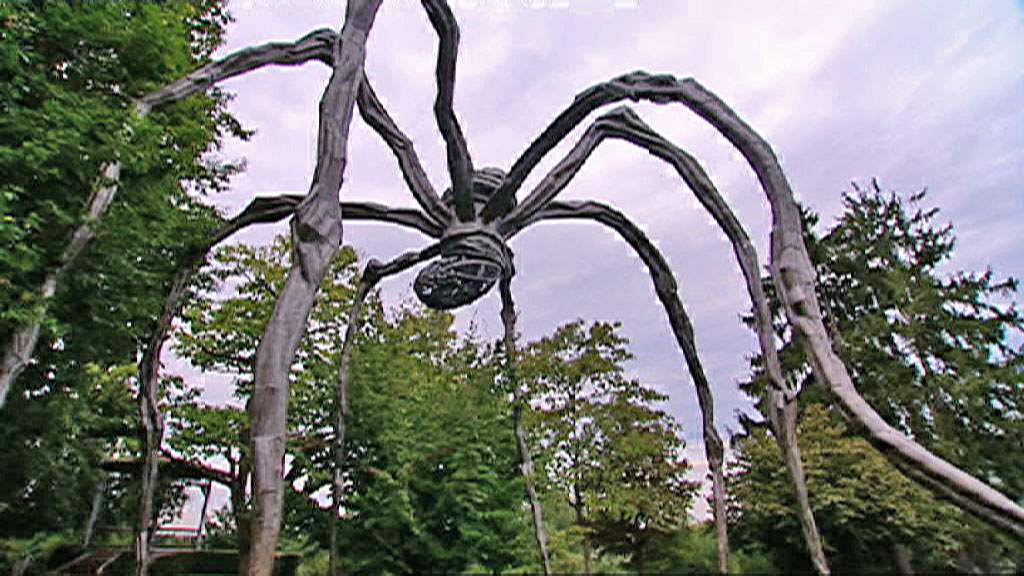
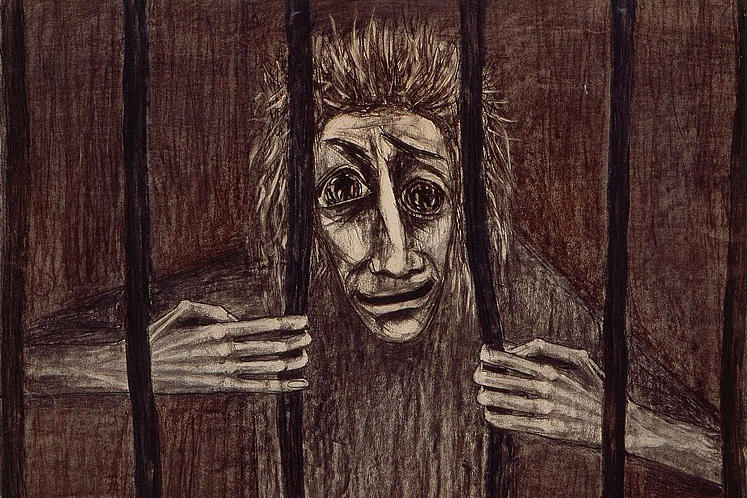
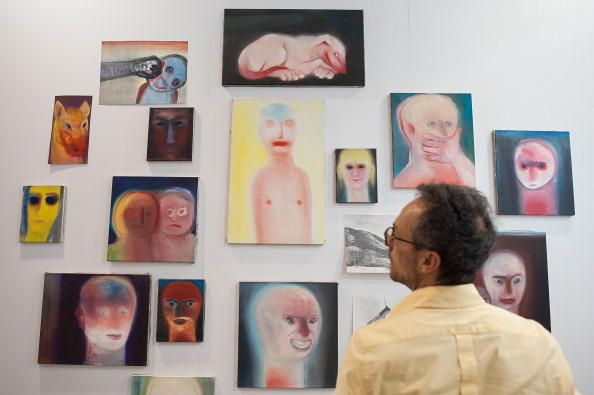
You can find an overview of ongoing debates with our journalists here. Please join us!
If you want to start a conversation about a topic raised in this article or want to report factual errors, email us at english@swissinfo.ch.